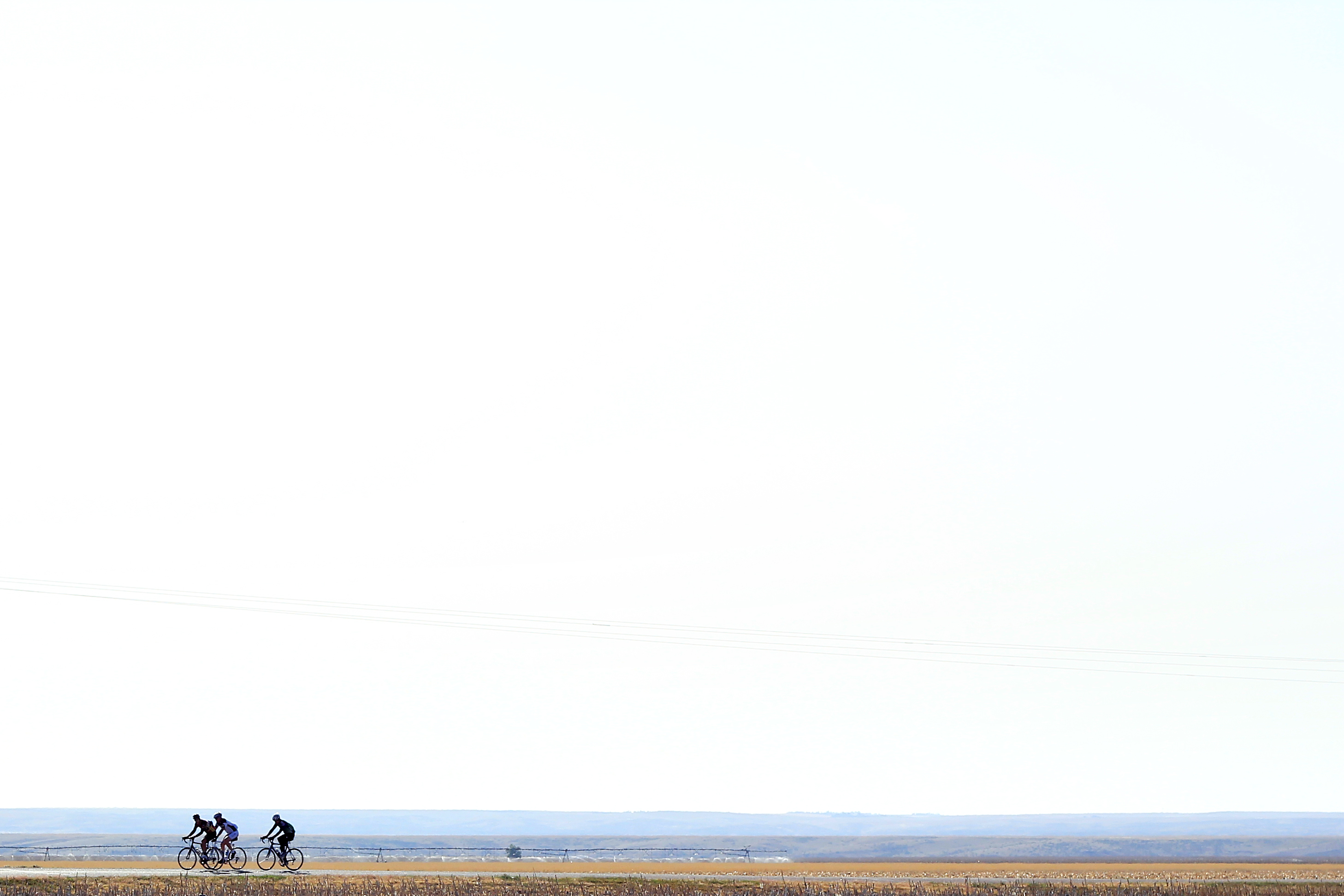
by OnSight | Jun 2013 | Connect for Health Colorado, Press and Media, Print Communications, Trends

Connect for Health Colorado is preparing to open for business in October of 2013.
OnSight’s work with Connect for Health Colorado continues as the insurance marketplace prepares to open in October of this year. Last week Colorado’s Department of Insurance announced that eleven insurance carriers will participate in the state health marketplace. More health care options for Coloradans is a great thing, and we’re excited to to help Connect for Health as they get ready to launch.
Through Connect for Health Colorado, consumers will be able to choose from many health insurance carriers at competitive rates. Prices may be even lower for many Coloradans because of new financial assistance available only through Connect for Health Colorado.
Participating carriers include All Savers Insurance Company (part of United HealthCare), Anthem, Cigna, Colorado Choice, Colorado HealthOP, Denver Health, Humana, Kaiser Permanente, New Health Ventures and Rocky Mountain Health Plans. The health care plans are all designed to be sold only on the exchange, and include doctor visits, hospitalizations, maternity care, emergency room care, and prescriptions.
Connect for Health Colorado kicked off its public outreach campaign with TV and print ads. Groups may request a speaker from the organization to learn more about the health care marketplace, and representatives from Connect for Health Colorado will begin visiting communities around the state this summer.
Individuals and small businesses in Colorado will be able to start shopping for health care this October, and coverage will begin January 2014. Click here to learn more about Connect for Health Colorado.

by OnSight | May 2013 | OnSight News, Press and Media
OnSight Public Affairs is pleased to announce that Curtis Hubbard has agreed to join the firm as a partner. Hubbard, who currently works as the editorial page editor at The Denver Post, will start with OnSight on June 17.
“The OnSight team has developed an outstanding reputation for their public-affairs and political work. The prospect of working on projects that benefit Colorado and the Rocky Mountain region, while also building a business, struck me as an ideal fit as I considered my next professional challenge,” Hubbard said.

New OnSight Public Affairs partner Curtis Hubbard (Denver Post file photo )
OnSight Public Affairs was founded by Mike Melanson and Ben Davis in 2009 following Mark Udall’s successful campaign for U.S. Senate. The firm’s services include project management, strategy development, communications and message development, as well as online fundraising and social media strategies. OnSight’s team members have successfully integrated their strengths into a diverse array of projects including the Hickenlooper for Colorado campaign, US Pro Challenge, and the Denver Post Community Foundation. For a complete list of clients and projects click here.
“Curtis brings a wealth of experience from 20 years in journalism,” said Mike Melanson. “We are looking forward to working with him to deliver an even stronger suite of communications services for our clients.”
Hubbard is a leader in both the print and new media environments. Over the course of his journalism career he has covered some of the region’s most notable news events and developed expertise on politics and policy at the local, state and federal levels.
“We strongly believe that great teams can deliver great outcomes,” said Ben Davis. “Throughout his time with the Denver Post, we were always impressed with Curtis’s focus and professionalism while covering some of the most turbulent and impactful stories in recent state history.”

OnSight team members are confident Hubbard will quickly come up to speed — both outdoors and in the office.
From 2004 through 2006, Hubbard led The Post’s coverage of Colorado and the Rocky Mountain West as state editor. He served as the paper’s politics editor from January of 2007 until June of 2011, when he was named editorial page editor. In his current role, Hubbard has continued the paper’s tradition as a community thought leader while driving new initiatives, notably: launching of The Idea Log blog, developing a weekly on-camera interview series dubbed The Roundup, inviting newsmakers to town hall forums, and pushing reader-driven contests to name Colorado’s Top Thinkers and Women of Influence. Prior to joining The Post, he worked as an editor in Boulder and Jackson Hole.
Hubbard earned a bachelor’s degree from Beloit (Wis.) College and is a graduate of Cherry Creek High School. He lives in Louisville with his wife and two daughters.
Though he may earn the additional title of “slowest guy on the bike”, OnSight team members are confident Hubbard will quickly come up to speed — both outdoors and in the office — and look forward to adding his professional expertise to the firm.

by OnSight | May 2013 | Pedal the Plains, Social Media, Strategy, Web Communications
Objective: Use multiple online platforms to create Pedal The Plains brand, push share-worthy content throughout the social web, create buzz about the inaugural ride with the goal of raising awareness and interest, and increase registrations for the 2012 and 2013 rides.

Setting up a Flickr account and encouraging riders to post to the PTP pool is one way we created a shared community around the ride.
Strategy: Publish an ongoing stream of interesting content, interact with existing social hubs, and utilize fan-generated content as much as possible. Promote the ride as a mutually beneficial endeavor for cyclists and local plains communities—guests get a chance to see a part of the state that they may not have visited before, and local communities will see a tourism boost during the week of the event.
The Team: OnSight Public Affairs, Denver Post Foundation, Colorado Office of Economic Development and International Trade, and Governor Hickenlooper’s staff.
Challenge: OnSight was tasked with branding and developing an online presence and social media plan. Having worked with the USA Pro Challenge previously, OnSight knew the challenges of branding and promoting a cycling ride. As a new event, Pedal the Plains provided another list of obstacles, such as:
- How do we entice people to cycle in a region that has an agricultural landscape?
- How do we turn this event into a tourist draw that highlights the culture of rural communities in Colorado’s eastern plains?
Tactics:
- Built Pedal The Plains website using customized WordPress and branded with logo, colors and language.
- Developed and managed social media platforms including Facebook, Twitter, Flickr, YouTube and blogs.
- Created an extensive Social Media Roadmap, which provided guideines, content ideas, timing and posting best-practies, as well as a sketch of target benchmarks for the weeks and months leading up to the event.
- Prioritized responsiveness on social media to individuals posting questions, items that could be shared or responded to by the existing community (e.g., requests for carpool coordination), and posts to promote sponsors, participating towns, and partners for the event.
- Created blog series called “The Plain Pedalers,” where participants submitted daily updates and posts, giving the public an insider’s view of the ride.
Outcome: Pedal The Plains became not only a story in the paper for the public to read about, but an interactive experience for riders, as well as spectators and non-participants.
- Website had 32,927 unique visitors and spent an average of more than four minutes on the site.
- Email list grew to 2,249 subscribers and had an average open rate of 48.2%.
- Social media platforms engaged 1,629 followers.
OnSight will be teaming up for 2013 Pedal The Plains with the goal of making it even bigger and better than 2012.
Testimonial: “OnSight was instrumental in creating our event’s brand and shaping its culture. Their team demonstrated a keen understanding of all social media platforms and helped to make the ride an interactive experience. We look forward to partnering with OnSight for years to come.” –Chandler Smith, Director of Pedal The Plains
http://www.pedaltheplains.com/news/blog/

by OnSight | May 2013 | Social Media, Strategy, Web Communications
In order be able to tell whether or not an online campaign has been successful, we need to set some goals. It seems obvious, but so often we see organizations launch an online campaign because they know they’re supposed to, without giving thought to what they want to get out of it or what success will look like.
From the get-go, you should be conceiving of goal-setting as a giant feedback loop:

This requires setting aside time and energy early on in a campaign or project to sit down and think through what reasonable goals are, and to set goals with focus, intention, and buy-in of all the staff and managers who will be participating.
There are two ways to think about goal setting, which are certainly not mutually exclusive when setting up an online strategy:
1. Benchmarks: There are a handful of good sources for industry-wide data around open rates, engagement rates, etc., so that you can get a sense of what to expect. Start here or hereto get some broad strokes. These are good as a starting point for setting realistic expectations for your organization.
Benchmark style goal example: We will send approximately 2-3 emails a month between January 2013 and December 2013, accelerating to at least one email a week in the three months preceding the event. Emails will have a 25% open rate and 5% open rate, and each email will generate 50 new event registrations. We will generate fresh content for two Facebook posts a week and one post consisting of shared/curated content, and posts will generate 10-15 likes/comments/shares each.
2. Results: What is the ultimate goal of the campaign, and how will you know if the online strategy has achieved its piece of the puzzle? Spend some time thinking through not simply the tactics (“We’ll post pictures on Facebook! People will love it!”), but what the actual underlying pointis.
Results style goal example: Our objective is to take advantage of multiple platforms to push shareworthy content throughout the social web, creating buzz about the event with the goal of raising awareness and interest and increasing registrations this year and next year. We also plan to use the social web to disseminate information during the event itself for participants and fans. Our primary strategy is to publish an ongoing stream of interesting content, interact with existing hubs, and utilize fan-generated content as much as possible. We will seek to funnel users from wherever they stumble upon our content to the event website.
Setting goals in both styles can help make sense of the analysis that you should be doing ongoing.
Three tricks for goal-setting gold:
There are three key features to creating a worthwhile set of goals. To be most effective, both as a guide to your tactics and as a benchmark for later analysis, goals should be:
- Specific
- Measurable
- Time-oriented.
Specific means we’re staying away from things like “be better at social media” or “make email more interesting.” Keep asking yourself if there’s a way to make the goal more specific, and if being general is a cop out to keeping you from thinking clearly about what a goal actual entails.
Measurable goals give us a way to circle back and track our effectiveness. Not all goals have to measurable – especially if we’re setting Results-based goals like in the second example above – but at least some of them should have specific benchmarks and numbers attached to them so that there’s a way for us to see if we’ve actually achieved them. How do we know if we made our email more interesting if we have no way to measure it?
Time-oriented is just to remind us that goals should cover a set period of time. Again “make email more interesting” is going to be a much less effective directive than “increase click-through rates to 5% on average by December 2013”.
Setting specific, measurable and time-oriented goals focuses the work we do and allows us to track our output and outcomes against a standard set of metrics. Goals should be set – and referenced periodically – for every piece of an online marketing program, including list growth, engagement and donation rates, and social media metrics.
For best success, setting goals should be an integral part of your campaign planning process, not simply stuck on as an add-on after the fact. Without a road map it’s hard to know where we’re going, and nearly impossible to tell if we’ve made an progress at all. Every piece of a campaign — including social media, blogging, fundraising, and list growth — should have goals attached to it, lest we end up simply spinning our wheels, going through the motions without any shared goal or understanding of what success would look like.
Next post: Measuring Success

by OnSight | May 2013 | Campaign, Social Media, Strategy, Web Communications

Some ups and downs in 2012.
Veteran politicos will tell you there is no such thing as an “off year,” but that doesn’t mean there aren’t some natural ebbs and flows.
With that in mind, we are using this relatively quiet time to reflect on some of the ups and downs of 2012.
Here are the post topics we’ll be offering up:
- Metrics and Goal Setting
- Data and Analytics
- Email List Growth
- Email Subject Lines
- Email Content and Click-through
- Social Media
- Fundraising and Appeals










